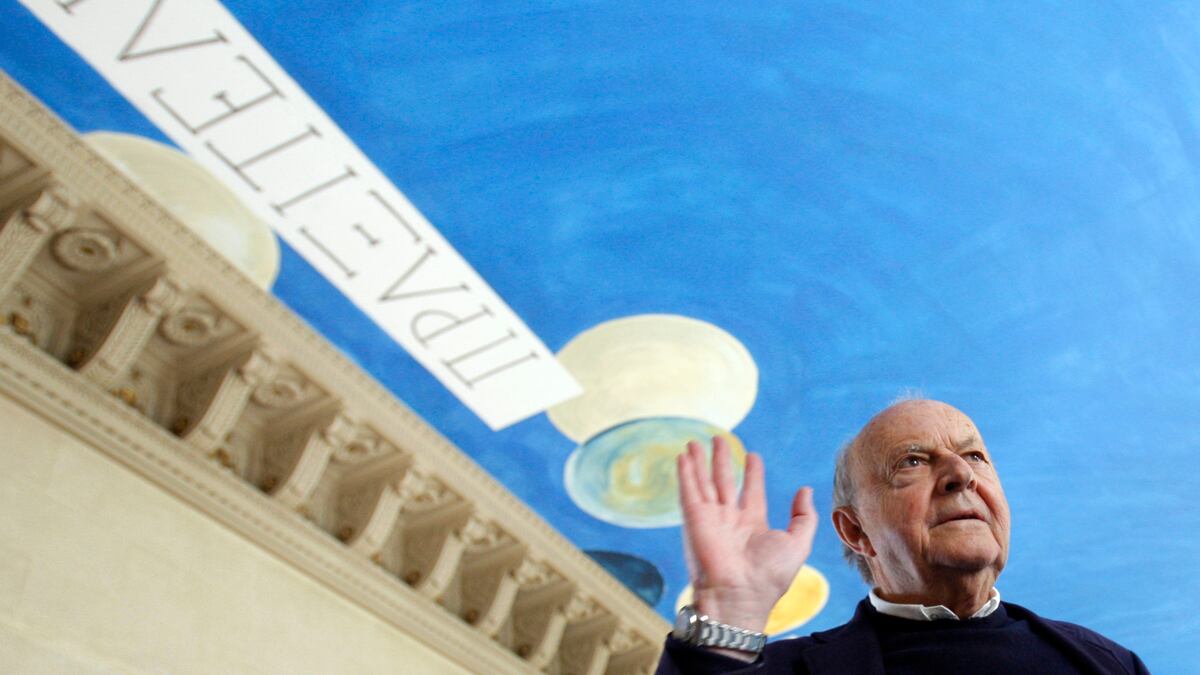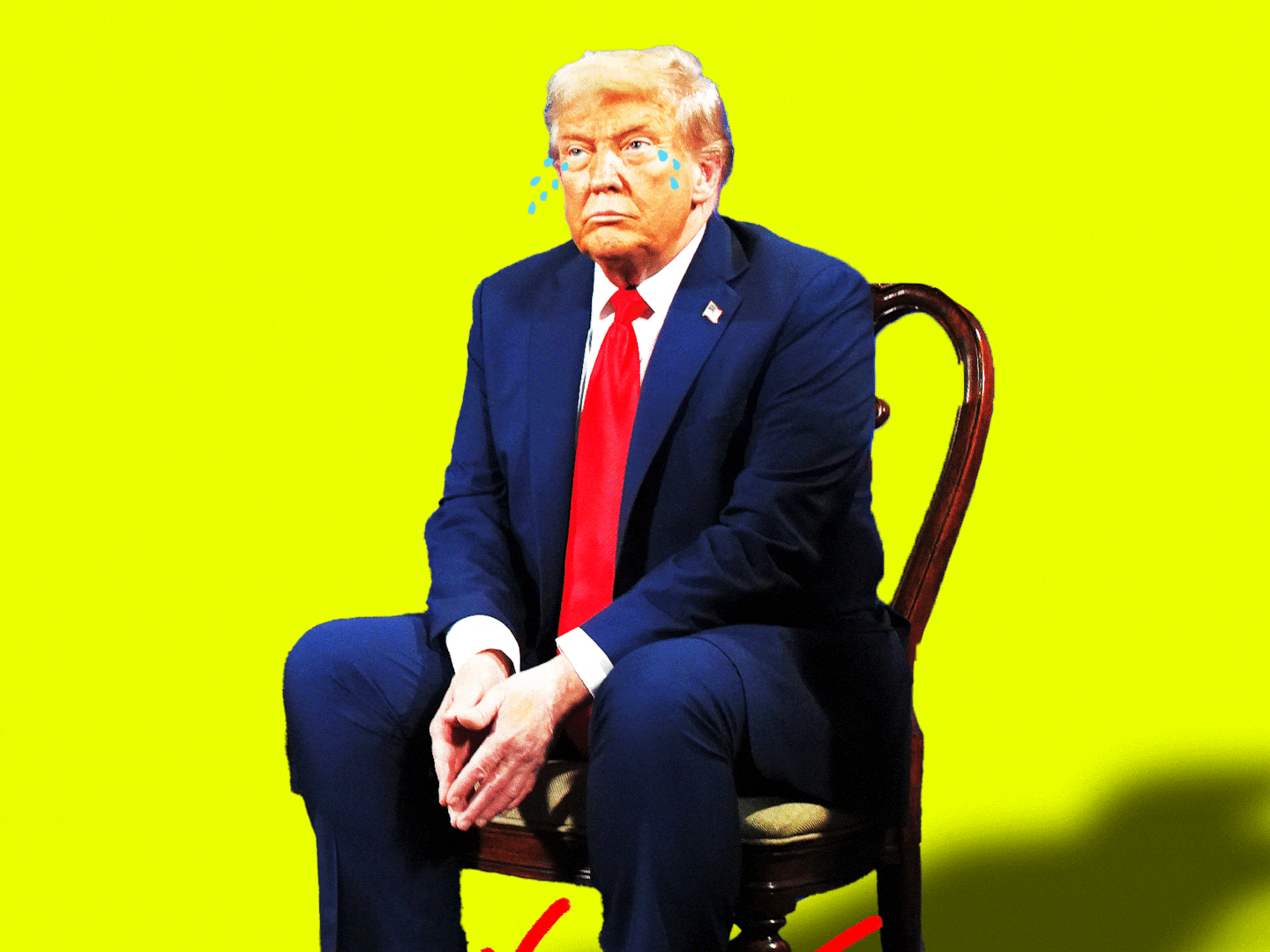Cy Twombly, who died yesterday in Rome, was in every way too big for modern art. Hulk-sized, with a visual and intellectual archive in his mighty mind about the size of the Library of Alexandria, he looked like a Caesar who had lived long and well on a diet of peaches and crayfish, and his contempt for the asperities of doctrinal modernism was correspondingly imperial. Twombly was never going to be a good fit for the cool, minimalist aesthetic of the 1970s and ’80s. All the conventions that modernists were supposed to abide by—the wipe-out of history, narrative, and cultural memory; the self-containment of abstraction; just so much color and shape on a two-dimensional surface; the obligation to hard-edged geometry—were for Twombly feebly antiseptic acts of self-denial. He wanted none of it and exited the American scene for Italy, where his hearty appetite for color, writhing form, and smashing smear could be indulged. He was the Rabelais of modernism.
In some deep sense Twombly wasn’t a contemporary artist at all, for the time-reference of his inspiration was the entire history (and even bio-psychology) of the graphic mark. Some of his most hypnotic early works were the music-like “automatic drawings,” rendered as if on a blackboard, blindly instinctive and pulsingly rhythmic, the strokes of both a man-child and a learned sophisticate. He made some fitful attempts to calm down a bit, filling modest, collage-like monochromatic surfaces with angular shapes. But before long they were swamped by a primordial soup of visual organisms: Attack of the Sperm Creatures, squirming around in a dense bath of blobs and scratches, the whole thing a heaving sea of primitive energy—Hieronymus Bosch visiting the Pre-Cambrian period.

Increasingly, the ruins of time drew him. Could modern painting remake the mythic and the epic? Not with ponderous figuration, but with a kind of color-signing—a bloodtrace of paint that might make their disturbing presence felt? Twombly was damned if he wasn’t going to try. Pan and Dionysos: the gods of sensual misrule were his muses. And in a series of raw, slashing compositions, each complete with their poetic inscription scrawled in lurid oilstick, Twombly restaged in small format the demiurges of Greek tragedy: the rolling turn of the seasons; a universe, beautiful and dangerous, filled with sacrifice and sensual consummations. His journeys through archaeology and historical memory became more ambitious and the scale of his brilliant, self-consciously unruly manner expanded accordingly. In programmatic epics like The Battle of Lepanto, ostensibly a Renaissance flotilla—their shapes deformed as if seen through rippled water, sailing toward their date with marine slaughter—Twombly’s paint streamed and dripped, bloomed and stained in eyeball-burning golds and oranges, like silk thrown on bloody waves.
For all his fascination with antique demons, there was also a pastoral, poetic strain in Twombly that drew from him in his last years some paintings of simple floral sweetness; they were saved from ornamentalism by the sheer power of their intense color. They were easy on the eye, but I liked my Twombly less of a cabbage rose and more red in tooth and claw: the animal in the archive; the patrician amid the broken colonnades of classical memory. It was in that mood that he produced work that will endure and which, for impulsive force, belongs in the big leagues of modernist invention.






